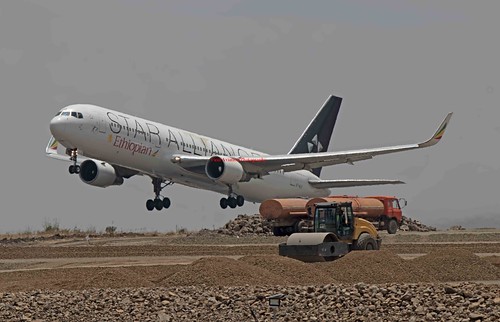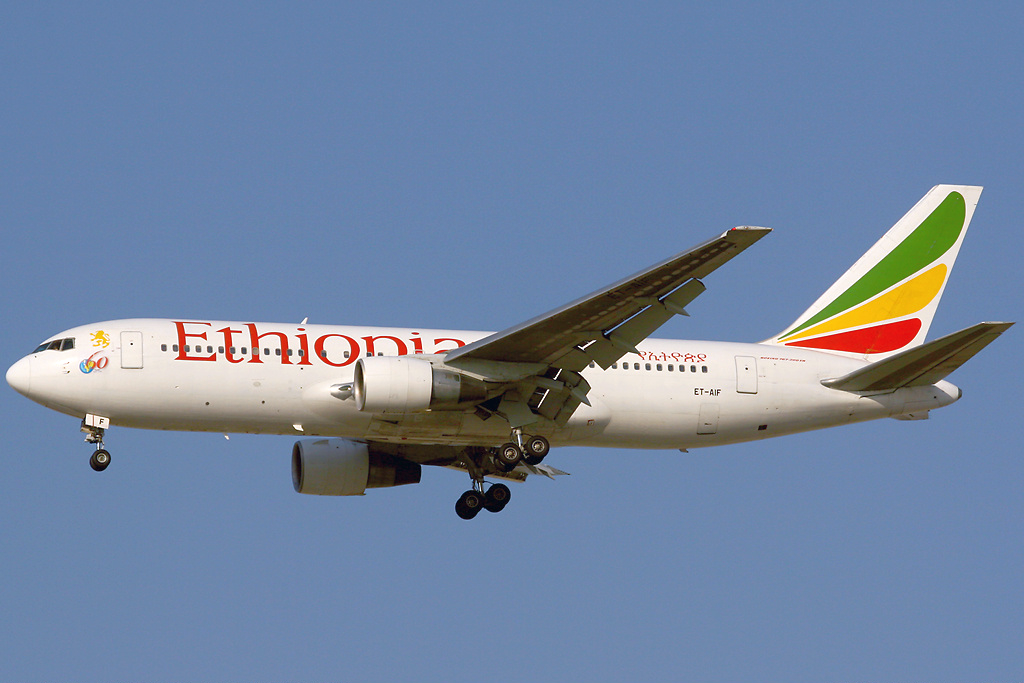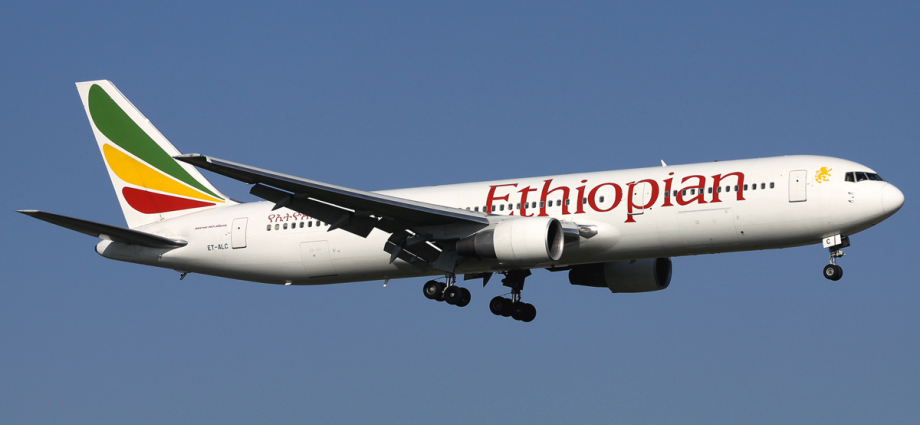Ethiopian Airlines proudly flies a very young fleet. Its Dreamliners have an average age of less than five years, while its A350s average just 2.5 years in service. But one model stands out like a sore thumb, and that’s the 767. With an average age of 17.2 years, these aircraft are moving rapidly towards a good age for retirement, but has COVID sped up Ethiopian’s plans?
While most airlines are swiftly waving goodbye to the 767, Ethiopian gave a second lease of life to its 767-300s in 2017 by installing Optimare’s fully flat ZEST seats on its remaining aircraft, to bring them up to the standard of other widebodies in the fleet. At the time, the airline noted that this was an investment of more than $6 million.
In 2017, Ethiopian said that the refit would see these 767s through another four years of service. This means they were scheduled for retirement next year.

Ethiopian 767 history
Ethiopian has operated a total of 18 Boeing 767’s. Of these, 14 have already left the fleet, with just four 767-300s remaining.
The first 767 to arrive with Ethiopian was a -200 and was delivered in May 1984. Two more -200s joined over the next few years, one of which was written off after having been hijacked, and then crashed into the ocean after running out of fuel. The other two -200s left the fleet by 2007.

Between 1996 and 2013, a total of 15 767-300s arrived at Ethiopian. By the start of 2020, all but six had been returned to lessors or sold. ET-AMG and ET-ALH were withdrawn from use early in 2020. Both have now been given new US registrations and are stored at Pinal Airpark.
This leaves Ethiopian with just four Boeing 767s in its fleet.
- ET-AMF is a 20-year-old 767-300ER. As the oldest 767 in the fleet, it’s not looking hopeful for a return to service.
- ET-ALP hasn’t been as busy. At 15 years old, it’s one of the younger 767s in Ethiopian’s fleet and is owned by the airline, and is in deep storage at the moment,
- ET-ALO is painted in Star Alliance livery and hasn’t been rested at any point throughout Pandemic. It has been flying within Africa and also has performed some special flights to Delhi and Beirut. It’s likely to remain at least for the short term.
- ET-ALJ, is owned by the United Nations and operated by Ethiopian on its regular and charter services, with the agreement that it is at the disposal of the UN to use for humanitarian missions. Because it’s the only 767 in the UN fleet and the largest aircraft it owns, it’s unlikely to leave the Ethiopian fleet.

In Summary, the UN plane and the Star Alliance plane are proving their worth, and will probarly be retained in the fleet.
The 767 in deep storage (ALP) and the ‘active’ plane in Addis Ababa (AMF) are unlikely to return to active service.


